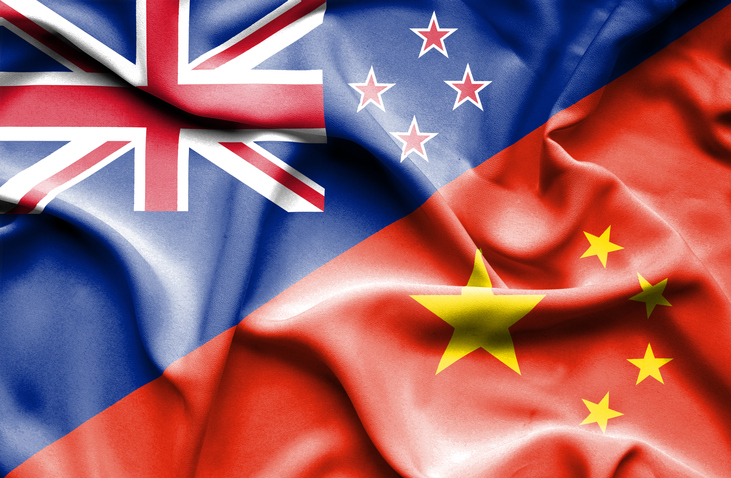The global pandemic has brought about much soul searching. Lockdowns and general uncertainty has given consumers around the world the impetus to reflect on what is important to them. This reflection has been echoed by businesses and we have even seen this at a government level in some countries.
By Mark Tanner.
When the coronavirus first hit China, concern grew from many businesses and governments about their exposure to the market while the country was in lock down. A number raised the need to diversify from their dependence on China. Although China has surfaced from pandemic as one of the few economies with positive economic growth; increasing geopolitical tensions and rising nationalism in many countries – including China – continues to fuel the diversification conversation.
There’s no shortage of countries and businesses that could be concerned about having an over-reliance on China. China became the world’s largest trading nation in 2013 when it was already the largest trading partner with 124 countries. With geopolitical challenges often intertwined with trade, many of those countries are feeling more vulnerable now than ever.
That’s why we paid close attention to a recent study by Sense Partners commissioned by the New Zealand China Council. The study analysed facts and figures to evaluate whether New Zealand is too economically dependent on China, and if so, what might be done about it. From a historical view, New Zealand is significantly less reliant on trade with China than it was with the UK until the late-1950s. Nevertheless, as a small island nation a long way from other markets, and one which produces a lot of goods which China likes to import – with favourable tariffs – New Zealand is more exposed to China than most countries.
To provide some context, New Zealand’s share of exports to China (a little under 25% in 2018) is lower than countries such as Australia – which last quarter sent 48.8% of its exports to China – Brazil, South Korea and Chile. Its export share isn’t dissimilar to many east and southeast Asian countries, and increasingly African and Central Asian countries helped by the Belt and Road Initiative.
The report is quite specific to New Zealand trade data, but provides interesting takeouts that apply to many countries, concerning their trade relationships beyond just China. The report highlights that there is no obvious right or wrong answer about the optimal level of trade exposure with any one country, but it does point out areas that are particularly precarious. Whereas a government can help smooth the wheels of trade through diplomatic relations, trade agreements and information, it is ultimately the exporting firms who take on the risk and reward and have a direct impact on the trade balance with a country.
For the time-being, the lack of alternative markets which are fast-growing, large and willing to provide ready access to many of New Zealand’s key exports means that NZ companies’ focus on China is unlikely to change any time soon. Similarly, many American and European companies from Sketchers to Louis Vuitton are singling out China for salvaging what otherwise was a tough quarter. Even Elon Musk is praising China and its people, as the country continues to account for a greater share of Tesla’s revenue.
There is no denying that China, like everywhere, faces a challenging time ahead. But the early signals indicate that the country is likely to again be the engine room of the global recovery as it was during the global financial crisis. The China market and its consumers are almost unrecognisable from 2007-2008: their increased affluence and sophistication present new, often-bigger opportunities and challenges for brands to navigate.
Mark Tanner is CEO of online marketing specialist China Skinny. To connect with the Shanghai-based team go to www.chinaskinny.com Published with permission.




